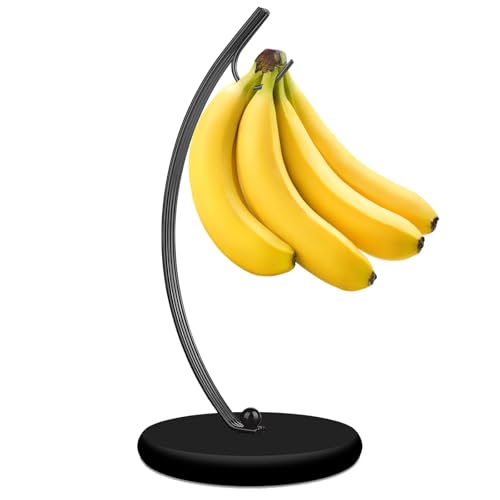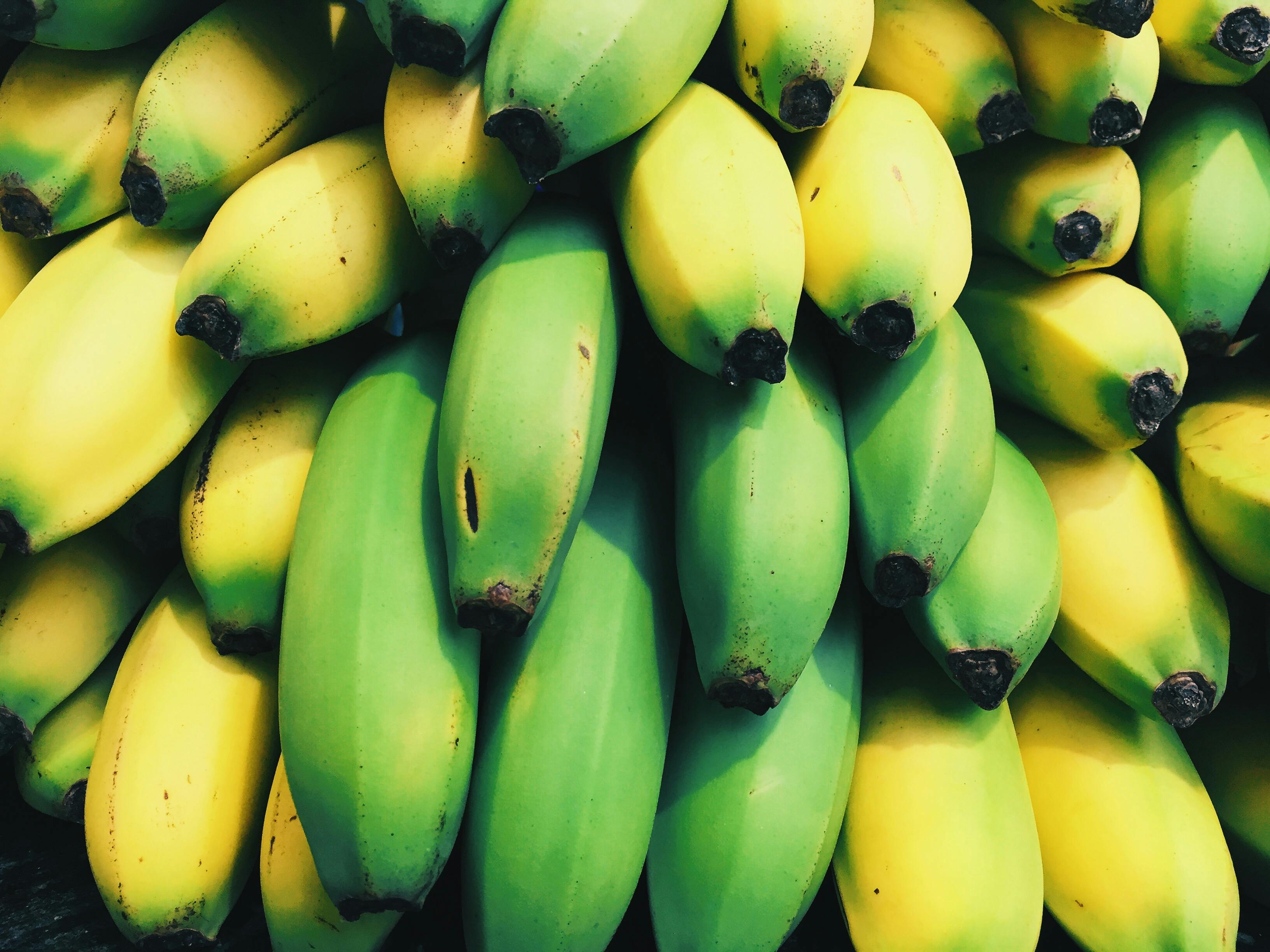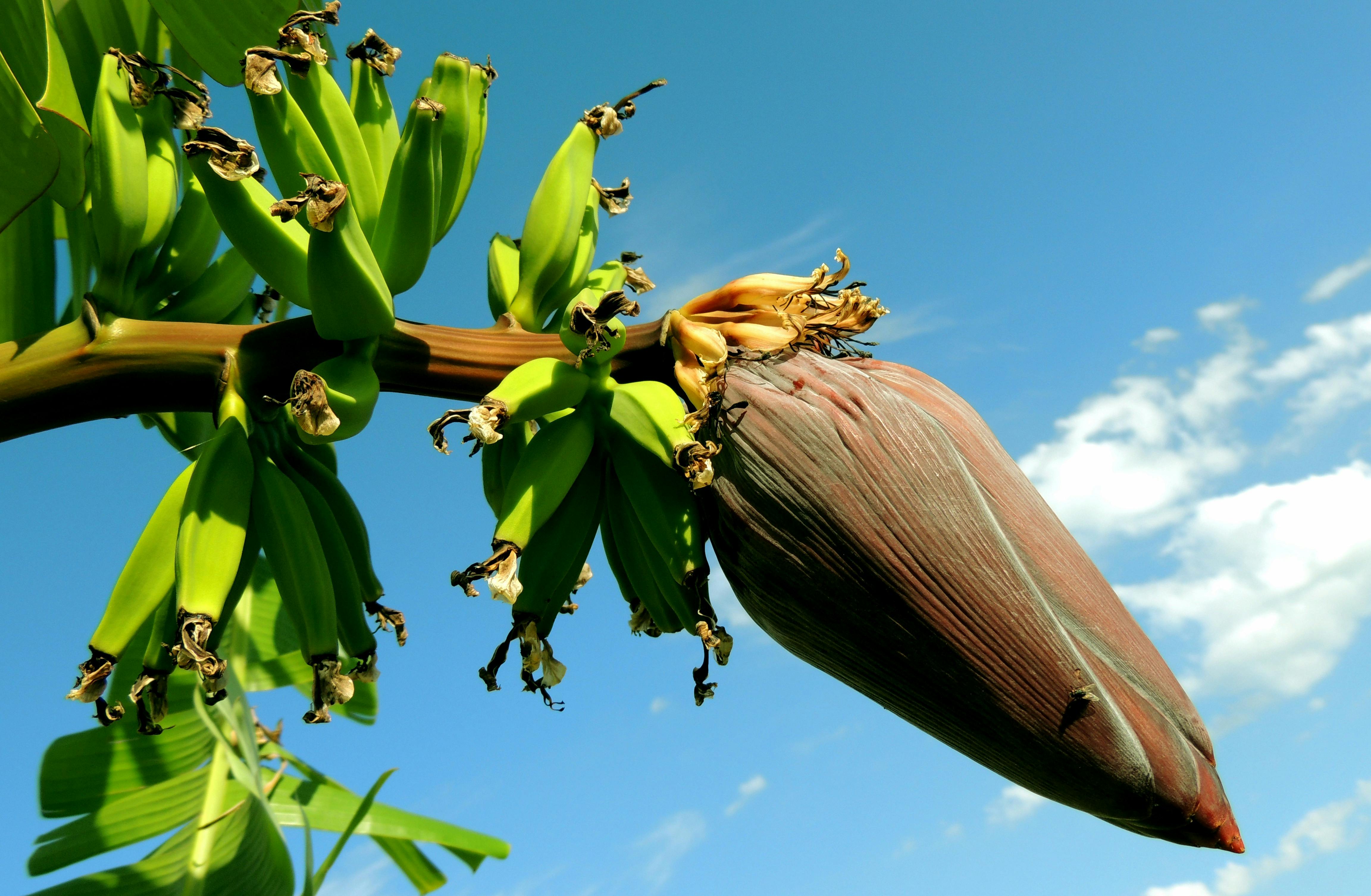Key Takeaways
- Panama disease, especially the TR4 strain, has severely impacted banana cultivation, threatening global banana supplies.
- Reliance on a few key varieties like Cavendish makes the banana industry vulnerable to disease outbreaks, affecting economies and trade.
- Implementing strategies such as breeding disease-resistant varieties and adopting sustainable agricultural practices is crucial for resilience.
- The economic and social effects of banana diseases extend to farmers’ livelihoods, export markets, and consumer behavior.
- Advances in biotechnology, including CRISPR, offer promising solutions for developing resistant banana varieties and ensuring industry sustainability.

Bananas have always been a favorite in my kitchen, but their journey isn’t as sweet as you’d think. Diseases like Panama disease have dramatically shaped banana history, turning lush plantations into barren landscapes.
I’ve always been fascinated by how a single fungus can impact global trade and economies. Understanding these diseases not only reveals the challenges bananas face but also highlights our resilience in finding solutions.
Join me as we explore the twists and turns of banana history, uncovering the profound effects of these persistent plant diseases.
History of Banana Cultivation

Bananas trace their origins to Southeast Asia and Papua New Guinea, where cultivation began over 7,000 years ago. Early farmers selected bananas for their sweet taste and ease of growth in tropical climates. By the first millennium, bananas spread to the Middle East and Africa through trade routes.
In the 15th century, European explorers introduced bananas to the Americas. Plantations flourished in the Caribbean and Central America, driven by demand in European markets. The Gros Michel variety dominated the industry until the mid-20th century.
| Banana Variety | Peak Production Period | Key Characteristics |
|---|---|---|
| Gros Michel | Early 1900s – 1950s | Thick peel, rich flavor |
| Cavendish | 1960s – Present | Resistant to Panama disease, consistent taste |
Advancements in agricultural techniques increased banana yields and consistency. Mechanized harvesting and improved transportation made bananas a staple in global trade. However, reliance on a few varieties made the industry vulnerable to diseases, shaping the future of banana cultivation.
Overview of Panama Disease
Panama disease has played a crucial role in shaping banana cultivation worldwide. Understanding its causes and how it spreads is essential for managing its impact on banana plantations.
Causes and Pathogen
Panama disease is caused by the fungus Fusarium oxysporum f. sp. cubense (Foc). This soil-borne pathogen targets the banana plant’s vascular system, impairing water and nutrient transport. There are several strains of Foc, with Tropical Race 4 (TR4) being the most destructive. TR4 affects the Cavendish variety, threatening the main banana export crop globally.
Spread and Epidemiology
The disease spreads through contaminated soil, water, and infected plant material. It can persist in the soil for decades, making eradication challenging. TR4 has been detected in Asia, the Middle East, Africa, and recently in Latin America. Once established, it moves through banana plantations via irrigation systems and equipment, exacerbating its reach. Effective quarantine measures and resistant banana varieties are critical to controlling its spread.
Economic Impact
The spread of diseases like Panama disease has profound economic consequences on the banana industry. These impacts ripple through production and international trade, affecting growers and markets worldwide.
Losses to Banana Production
Disease outbreaks can reduce banana yields by up to 50%, significantly lowering farm profitability. Farmers face increased costs for disease management and loss of crops, leading to financial strain. For example, the Tropical Race 4 strain has decimated plantations in Southeast Asia and Africa, limiting the availability of key banana varieties.
Effects on Export Markets
Export markets experience fluctuations due to reduced banana supply and increased prices. Countries dependent on banana exports may see a decline in revenue, impacting their economies. For instance, Costa Rica and Ecuador, two of the largest banana exporters, have reported losses as Panama disease threatens their primary export crops. Additionally, export logistics become more complicated as trade routes adjust to new disease containment measures.
Social and Cultural Impacts
Banana diseases like Panama disease reshape communities and influence consumer habits.
Changes in Farming Communities
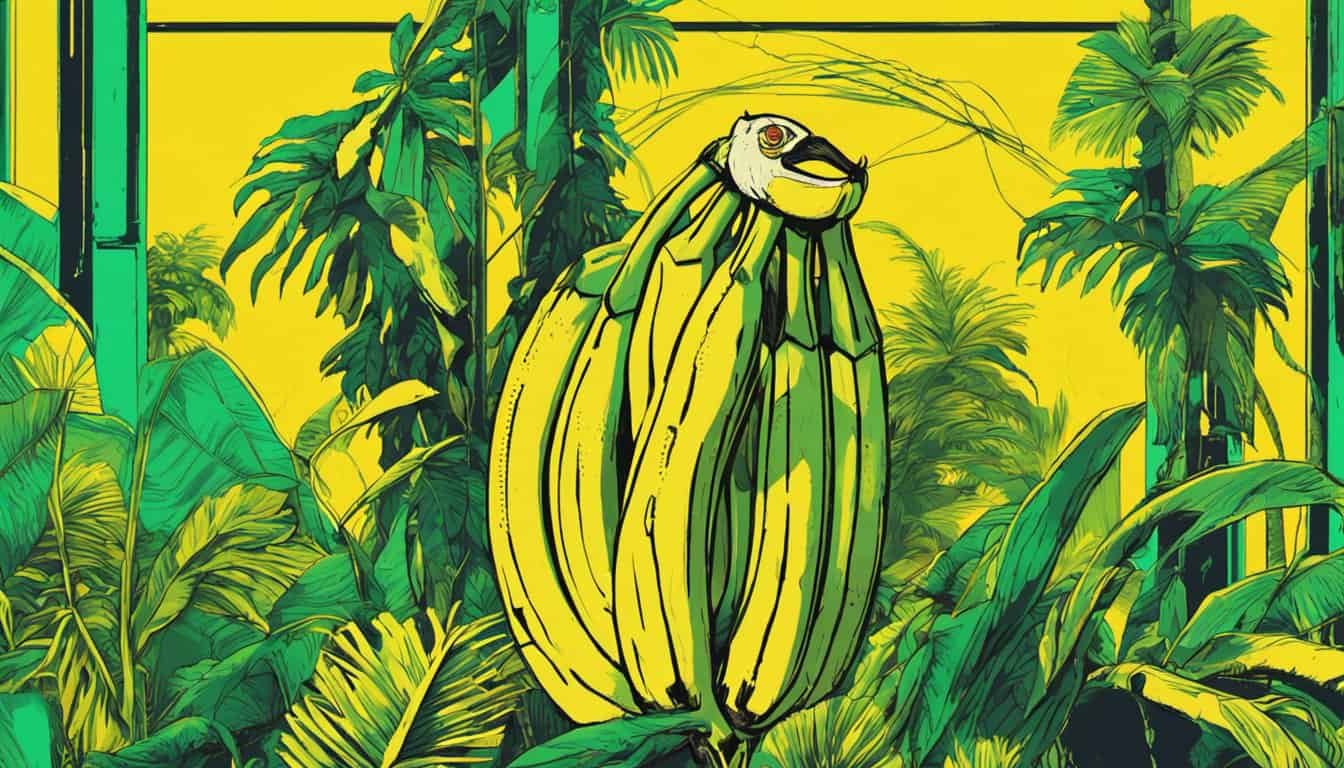
Banana farmers face significant challenges due to Panama disease. Crop losses can lead to reduced incomes, forcing farmers to seek alternative livelihoods. Communities dependent on banana cultivation may experience migration as workers move to other regions or industries. The decline in banana farming can also result in diminished local economies, affecting businesses that rely on agricultural activity. Additionally, the adoption of disease-resistant banana varieties requires training and investment, altering traditional farming practices and community structures.
Influence on Banana Consumption
Disease impacts on banana supply affect consumer prices and availability. Reduced banana production can lead to higher market prices, making bananas less accessible to some populations. Limited availability may encourage consumers to seek alternative fruits, shifting dietary preferences. The scarcity of certain banana varieties can influence culinary trends, prompting the creation of new recipes that utilize available types. Furthermore, increased awareness of banana diseases can lead to greater consumer demand for sustainably grown and disease-resistant bananas, shaping market dynamics and production strategies.
Responses and Management Strategies
Combating banana diseases like Panama disease involves innovative strategies and diligent management. I delve into the primary methods used to protect banana crops and ensure their sustainability.
Breeding Resistant Varieties
Creating banana varieties resistant to diseases is essential for the industry’s future. I focus on several approaches:
- Genetic Modification: Scientists introduce specific genes that enhance resistance to Tropical Race 4 (TR4), helping varieties like Cavendish withstand infections.
- Cross-Breeding: By crossing commercial banana types with wild relatives, breeders develop hybrids that combine desirable traits with natural disease resistance.
- Biotechnology: Techniques such as CRISPR allow for precise editing of banana genomes, enabling the development of resistant varieties without compromising taste or texture.
These methods increase the resilience of banana plants, ensuring stable yields despite disease pressures.
Agricultural Practices
Adopting effective farming practices plays a crucial role in managing banana diseases. Key strategies include:

- Crop Rotation: Alternating bananas with other crops reduces the buildup of soil-borne pathogens, limiting the spread of diseases like TR4.
- Sanitation Protocols: Regularly cleaning tools, equipment, and planting materials prevents contamination and minimizes disease transmission between plants.
- Soil Health Management: Enhancing soil fertility through organic amendments and maintaining proper drainage supports strong banana plants that are less vulnerable to infections.
- Integrated Pest Management (IPM): Combining biological, chemical, and cultural control methods helps manage pests and diseases sustainably, reducing reliance on harmful pesticides.
« Famous Banana Plantations Throughout History: Secrets Behind Iconic Farms
The Story of the Cavendish Banana: From Discovery to Dominance – How It Became a Global Staple »
Implementing these practices strengthens banana plantations, making them more resilient to disease outbreaks.
Future Outlook
Looking ahead, the banana industry faces both challenges and opportunities in combating diseases like Panama disease. Advances in biotechnology offer promising solutions. For instance, CRISPR technology enables the development of banana varieties with enhanced resistance to Tropical Race 4 (TR4). Researchers are also exploring genetic diversity by cross-breeding cultivated bananas with wild relatives, increasing resilience against pathogens.
Sustainable farming practices will play a crucial role in the future of banana cultivation. Implementing crop rotation and improving soil health can reduce disease prevalence. Integrated Pest Management (IPM) strategies will continue to evolve, combining biological controls with minimal chemical use to maintain plantation health.
Economic stability for banana-producing countries depends on diversifying crops and reducing dependency on a single variety. Investments in infrastructure and training will support farmers in adopting new techniques and resistant banana strains. Additionally, market demand for sustainably grown bananas is expected to rise, encouraging producers to prioritize eco-friendly practices.
Socially, communities reliant on banana farming will benefit from educational programs focused on disease management and crop diversification. Enhancing farmers’ knowledge and access to resources will mitigate the adverse effects of disease outbreaks, ensuring long-term sustainability.
Projected Developments
| Development Area | Description |
|---|---|
| Biotechnology | Use of CRISPR and genetic modification for disease resistance |
| Sustainable Practices | Adoption of crop rotation, soil health management, IPM |
| Economic Diversification | Reducing dependency on single banana varieties |
| Market Trends | Increasing demand for sustainably grown bananas |
| Community Support | Educational programs and resource access for farmers |
Ongoing research and collaboration between scientists, farmers, and industry stakeholders will drive innovation in banana cultivation. By embracing these advancements, the banana industry can overcome current challenges and secure a resilient future.
Conclusion
Seeing how diseases like Panama disease reshaped banana history really makes me appreciate the resilience of farmers and scientists. It’s amazing how they’ve adapted and innovated to keep bananas thriving despite these challenges.
I’m hopeful that with continued research and collaboration, we’ll develop even more resistant varieties and sustainable practices. This journey shows the importance of diversity and adaptability in agriculture.
Bananas are more than just a staple fruit; they’re a symbol of global cooperation and ingenuity. I’m excited to watch the banana industry navigate these challenges and look forward to a future where bananas remain a beloved part of our lives.
Frequently Asked Questions
What is Panama disease and how does it affect banana plants?

Panama disease is caused by the fungus Fusarium oxysporum f. sp. cubense (Foc). It targets the banana plant’s vascular system, disrupting water and nutrient transport. The most destructive strain, Tropical Race 4 (TR4), threatens the Cavendish variety, the main banana export crop globally. Panama disease spreads through contaminated soil, water, and infected plant material, persisting in the soil for decades and making eradication difficult. This disease significantly reduces banana yields and poses a major threat to the banana industry worldwide.
Why are the Cavendish bananas prevalent today?
The Cavendish variety became prevalent in the 1960s after the Gros Michel variety was decimated by Panama disease. Cavendish bananas were chosen for their resistance to the initial strain of the disease, their ability to withstand transportation, and their consistent taste and quality. This shift allowed the banana industry to continue exporting bananas globally. However, the Cavendish is now threatened by the more aggressive TR4 strain of Panama disease, highlighting the vulnerability of relying on a single banana variety.
How has Panama disease impacted global banana trade?
Panama disease has significantly disrupted global banana trade by reducing yields by up to 50%, lowering farm profitability, and increasing disease management costs. Countries like Costa Rica and Ecuador, major banana exporters, have experienced revenue declines as outbreaks threaten their primary export crops. Supply reductions lead to fluctuating market prices and complicate logistics, as trade routes adjust to implement new disease containment measures. This instability affects both producers and consumers, highlighting the critical need for disease-resistant banana varieties and effective management strategies.
What are the origins of banana cultivation?
Banana cultivation began over 7,000 years ago in Southeast Asia and Papua New Guinea. Early farmers selected bananas for their sweet taste and ease of growth. By the first millennium, bananas had spread to the Middle East and Africa. European explorers introduced bananas to the Americas in the 15th century, leading to flourishing plantations in the Caribbean and Central America. This long history of cultivation has made bananas a staple fruit in diets worldwide and a significant player in global trade.
What strategies are being used to combat Panama disease?
To combat Panama disease, strategies include breeding resistant banana varieties through genetic modification, cross-breeding with wild relatives, and using biotechnology techniques like CRISPR. Additionally, effective agricultural practices such as crop rotation, sanitation protocols, soil health management, and integrated pest management (IPM) are employed. These approaches aim to enhance the resilience of banana plants, reduce disease prevalence, and ensure stable yields despite ongoing disease pressures.
What economic effects does Panama disease have on banana-producing countries?
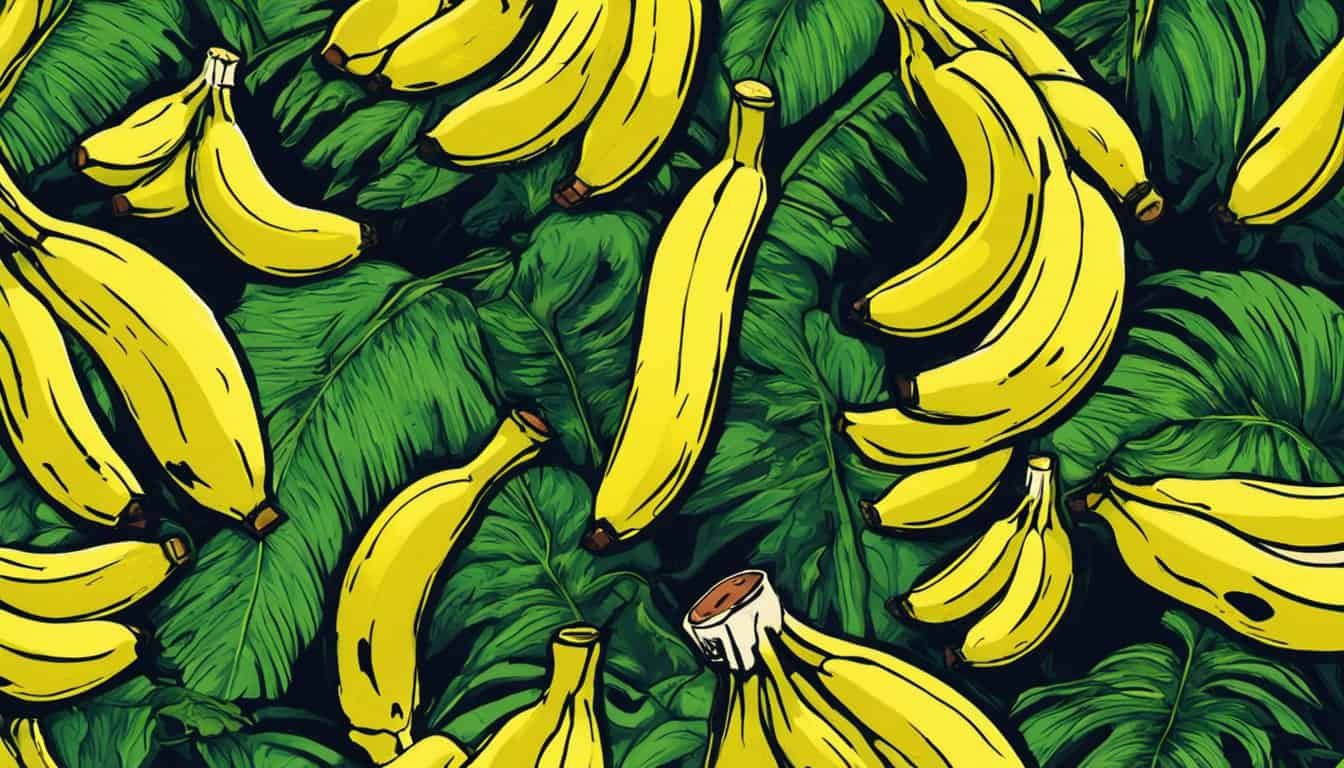
Panama disease can reduce banana yields by up to 50%, significantly lowering farm profitability. Farmers face increased costs for disease management and experience crop losses, leading to financial strain. Countries dependent on banana exports, such as Costa Rica and Ecuador, report revenue declines as the disease threatens their primary export crops. Additionally, export markets experience fluctuations due to reduced banana supply and increased prices, complicating logistics and affecting the overall economy of banana-producing nations.
How does Panama disease affect banana farmers socially and culturally?
Panama disease reshapes communities by causing reduced incomes for banana farmers, forcing many to seek alternative livelihoods. This decline in banana farming can lead to migration and diminished local economies. The need to adopt disease-resistant varieties requires training and investment, altering traditional farming practices. Additionally, changes in banana availability and prices can shift consumer habits and culinary trends, impacting the cultural significance of bananas in various regions.
What advancements in biotechnology are helping banana cultivation?
Advancements in biotechnology, particularly CRISPR technology, are helping develop banana varieties with enhanced resistance to TR4. Genetic modification and cross-breeding with wild relatives are also being utilized to create more resilient banana plants. These biotechnological approaches aim to ensure the future sustainability of banana cultivation by addressing the vulnerabilities caused by diseases like Panama disease, thereby securing a stable supply for global markets.
Why is crop diversification important for the banana industry?
Crop diversification is crucial for the banana industry to reduce dependency on a single variety, such as the Cavendish, which is vulnerable to diseases like TR4. Diversifying crops enhances resilience against disease outbreaks, stabilizes yields, and minimizes economic risks for farmers and exporting countries. It also promotes biodiversity, improves soil health, and can lead to the discovery of new banana varieties with desirable traits. Diversification is essential for ensuring long-term sustainability and economic stability in the banana sector.
What role do sustainable farming practices play in combating banana diseases?
Sustainable farming practices play a vital role in combating banana diseases by improving overall plantation health and reducing disease prevalence. Practices such as crop rotation, soil health management, sanitation protocols, and integrated pest management (IPM) help strengthen banana plants against infections. Sustainable methods also minimize environmental impact, promote biodiversity, and ensure long-term productivity. These practices are essential for maintaining stable banana yields and supporting the resilience of the banana industry against ongoing and future disease challenges.
How can consumers support the fight against banana diseases?

Consumers can support the fight against banana diseases by choosing sustainably grown and disease-resistant bananas. Increased demand for these varieties encourages farmers and producers to adopt sustainable farming practices and invest in disease-resistant crops. Additionally, consumers can promote awareness about the impact of banana diseases by staying informed and supporting initiatives aimed at research and development of resilient banana varieties. By making conscious purchasing decisions, consumers help drive market dynamics that prioritize the long-term health and sustainability of the banana industry.


